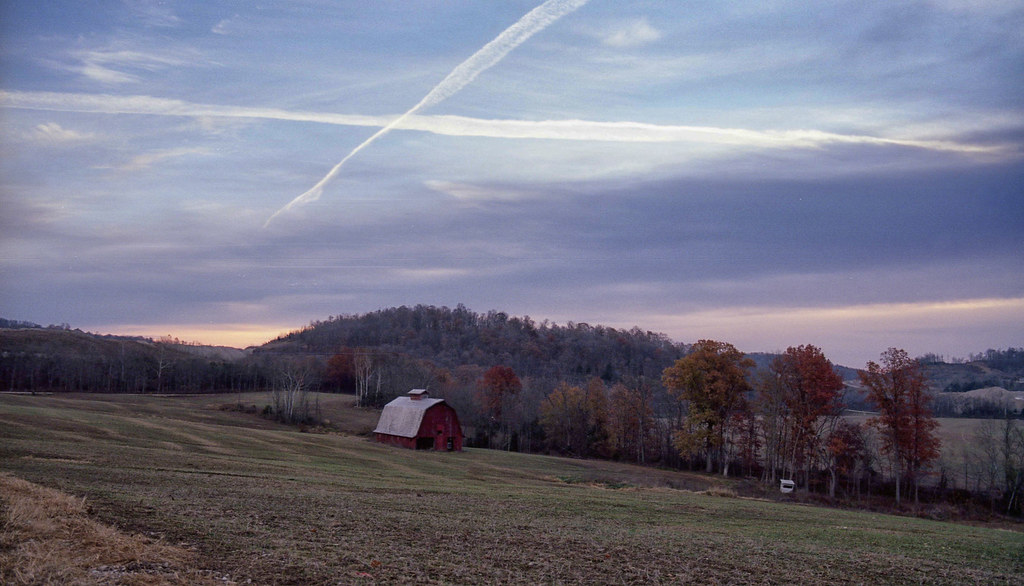 Originally posted by Rondec
Originally posted by Rondec 
I think the countervailing argument is that if you actually need more depth of field, then full frame does you little good, as once you stop down to APS-C equivalence, you lose your benefit of full frame. That is to say, if you shoot at f2.8 on APS-C and iso 1600 and f4 and iso 3200 on full frame, you will have similar dynamic range, noise and of course depth of field.
i think that refers to putting the same ff lens on both apsc and ff, so it's not an equivalence scenario, it's overly simplistic and totally misleading.
with true equivalence, the format advantage can go either way, depending on the scenario:
"Another situation to be considered is when there is enough light to achieve the desired DOF at base ISO without adverse affects due to motion. For example:
• 6D at 50mm, f/5.6, 1/200, ISO 100
• D7100 at 33mm, f/3.5, 1/500, ISO 100
• 60D at 31mm, f/3.5, 1/500, ISO 100
• EM5 at 25mm, f/2.8, 1/800, ISO 100
The IQ advantage, all else equal, will go to the larger sensor systems in this case since they will record more total light as well as usually put more pixels on the scene. On the other hand, the IQ differential in this situation is often going to be the least significant in that all systems are often well past "good enough" for most purposes.
Next up is when noise and/or a more shallow DOF matters more than captured detail:
• 6D at 50mm, f/1.4, 1/200, ISO 1600
• D7100 at 33mm, f/1.4, 1/200, ISO 1600
• 60D at 31mm, f/1.4, 1/200, ISO 1600
• EM5 at 25mm, f/1.4, 1/200, ISO 1600
The same f-ratio on all systems results in wider aperture diameters for the larger sensor systems (50mm / 1.4 = 36mm, 33mm / 1.4 = 24mm, 31mm / 1.4 = 22mm, 25mm / 1.4 = 18mm) which results in a more shallow DOF for the larger sensor systems as well as more total light falling on the sensor for the larger sensor systems, resulting in less noise for equally efficient sensors (or, at least, close to equally efficient).
However, it is more than likely that at such wide apertures, the lens will suffer greater aberrations for the larger sensor systems. Thus, even for the portions of the scene within the DOF, we may find that the smaller sensor system records a more detailed photo (of course, this has to be taken on a lens-by-lens basis). In any case, we would only compare the same f-ratio on different formats if DOF and/or noise mattered more than sharpness."
Equivalence 

 Similar Threads
Similar Threads 













 Post #37 by jpyykonen
Post #37 by jpyykonen








